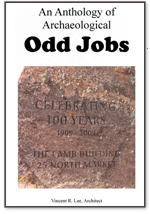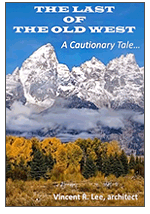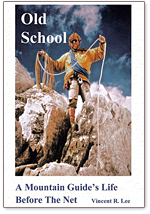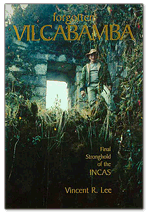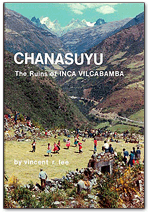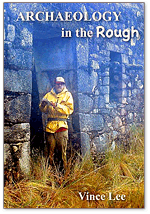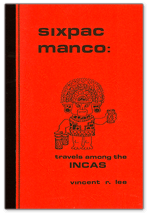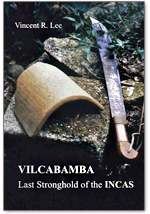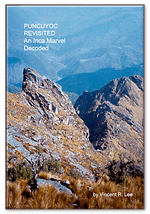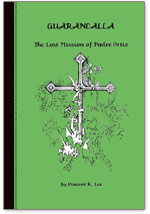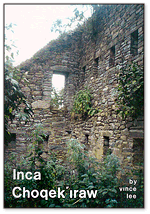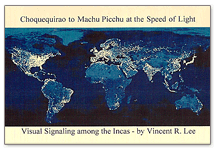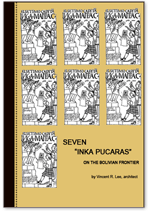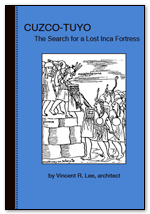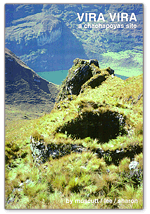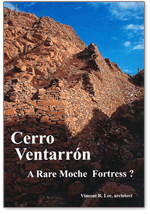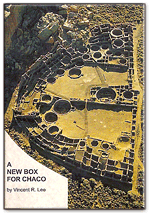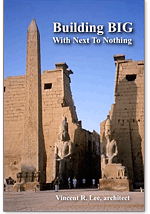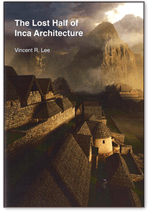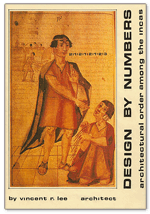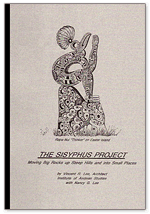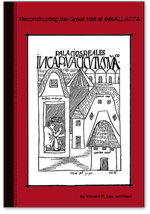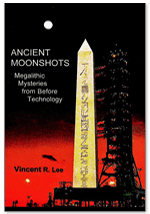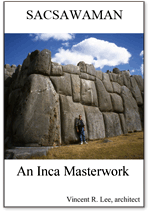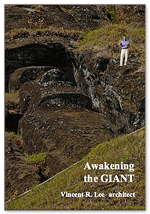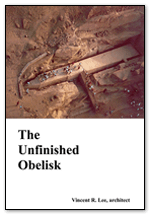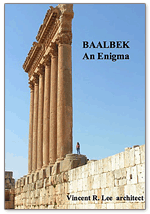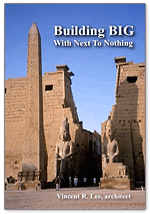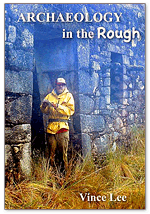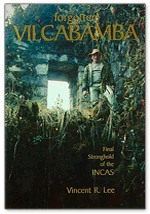Sixpac Manco Publications Catalog
Sixpac Manco Publications: Published Works of Vincent R. Lee
This collection of books and monographs by architect, author and editor, Vincent R. Lee describes the author’s expeditions over the past 60 years. From atop many of the world’s great peaks, to the mysterious Chachapoyas “Cloud People” of northern Peru to the Inca metropolis at Espíritu Pampa, the “Plain of Ghosts” in the Amazonian rain forest, the many places Vince has worked, the adventures encountered and lessons learned along the way are all recounted in the publications offered.
A Perspective on “Context”
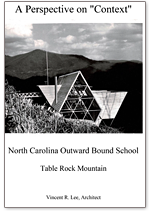
This is an updater reprint of the author’s 1966 Masters Thesis as presented to the Princeton University School of Architecture. It describes the planning and design of the North Carolina Outward Bound School near Table Rock Mountain in the Southern Appalachians. The author’s thesis design was chosen by the School for its base camp beneath the impressive monolith there called Table Rock. It was never built.

